Do these words sound familiar to you? “I can’t draw!” or “My drawing looks bad.” Perhaps this is something you have heard your students say. Maybe this phrase is something you tell yourself? It is how I always felt as a student, and why directed drawings for first grade is so important.
How Directed Drawings for First Grade Develop Artistic Confidence
I began designing simple directed drawings that young students could follow independently and feel successful. As teachers, we are so busy. I wanted to create a way that students could learn to draw without it taking me a long time to prep. We draw lots of different things in my classroom: seahorses, sharks, even the lifecycle of a jellyfish! As students draw new things they build their confidence and see that they are capable artists. They learn to observe, see simple shapes within the drawing, and break images down into smaller actionable steps.
How to Personalize Directed Drawings for First Grade
Often teacher’s assume that by scaffolding students’ drawings that every drawing in the class will look exactly the same. This is not the case.
When drawing with a class you will see that every child adds their details and changes images. Directed drawings are like teaching students a math strategy to add two numbers together. Is there more than one math strategy out there? Absolutely! But, we want to provide students with different ways to add numbers together. We want students to have access multiple ways to solve problems. It is the same idea with art.
Directed drawings provide students with one way to see how to break down an image into smaller manageable parts. Therefore building observation skills that they can then apply, if they choose, when drawing more complex images. Does it mean that all great artists have to draw in this way? Absolutely not! But it gives students one more strategy and tool that they have access to as they build their drawing skills.
Have you heard before that children should not be taught to draw because it removes the unique childlike quality of their art? This was a trend that came from a single quote from Picasso, “It took me four years to paint like Raphael, but a lifetime to paint like a child.” Teachers began to fear that by teaching art techniques they would remove a child’s unique style. They worried that the child would then struggle to regain originality. To read more about this trend there is a great article: Debunking teacher’s resistance to teaching children to draw—a companion to citizenship for the future by Liv Merete Nielsen. I highly recommend you read it! It is amazing and it helped me see the importance of providing young students with drawing instruction.
How Step by Step Pictures Build Confidence
Drawing tutorials on YouTube are fun, and I use them a lot with my class. However, sometimes it is difficult for young students to translate the video instructions onto paper. The steps can be too complicated and the initial shape is difficult to draw. For students this initial stumbling block, can make the entire drawing impossible to achieve and they will give up on themselves. This is where printing the first step in a directed drawing can help.
I began designing directed drawings that were at the right ability level for my First Grade students. Students need simple visual steps that they can follow independently. They built independence and were able to follow one step to the next.
I give students the first step pre-drawn on the paper. This first step enables them to complete the next steps with greater accuracy. The first step is pre-drawn in a light grey. When the student’s artwork is complete the initial step blends into their drawing.
I Drew Rainbows and Only Rainbows
I discovered in kindergarten that I could draw rainbows, and they always seemed to turn out great. So, I just kept drawing rainbows, and more rainbows. Now, there is nothing wrong with drawing rainbows, and I still do enjoy a good rainbow from time to time, but the problem was that I wanted to draw other things but didn’t know how. I would see my friends drawing animals, dolphins, whales, cartoon characters and when I tried they didn’t turn out right and I would give up. My friends continued to develop their drawing skills through practice and I kept drawing rainbows. I avoided drawing people at all costs, when my teacher said that my picture “had to show me” I drew a tiny stick person as tiny as possible and then covered the rest of the area with a large rainbow!
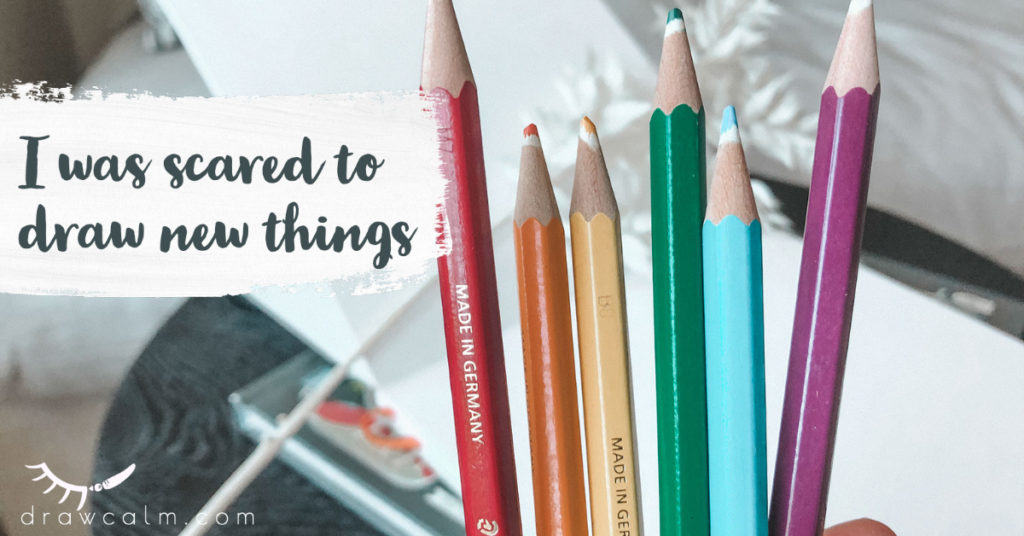
Students Today are Still Nervous to Draw
When I started teaching Grade 1, I discovered that some of my students would do that same thing. They would draw the same thing day after day in their journals. I wanted to make sure that they had the opportunity to try and draw different things. If you want to see what I created for first grade drawing click on my Drawing and Writing Prompts here!
I am still not confident in my drawing abilities as an adult, so as a teacher I didn’t know where to begin in terms of teaching my students how to draw.
Our days were so busy and art time gets used for many different kinds of skills, weaving, painting, sculpting, printmaking. I knew that my students also would benefit from structured and easy drawing instruction but our days were so full already! I began merging directed drawings with our journal writing each day, it was a simple solution that worked for our class.
Build Confident Artists
Think Out Loud while you Model your Directed Drawing for First Grade
When drawing on the board try to talk about what is happening while you are drawing. It might sound something like this; “I need to make the legs of the cat longer, I will move the ears so they are a bit further apart, I need to change the curve of the eye.” Modelling positive self talk will help your students develop confidence in their abilities as an artist.
Modelling helps students see that it is normal to change things as you go in art, as they hear positive self-correction. Rather than simply saying; “Oh my cat looks kinda funny, I’m sure yours will turn out better.” or “I’m not very good at drawing.”
I found Junyee Wang’s article Seeing through Rose Colored Glasses: Learning to draw by observing nature’s beauty, very helpful in hearing how to talk about the drawing process in a positive way to model to students. Junyee Wang gives a longer example of how to verbalize thoughts while modelling the drawing process.
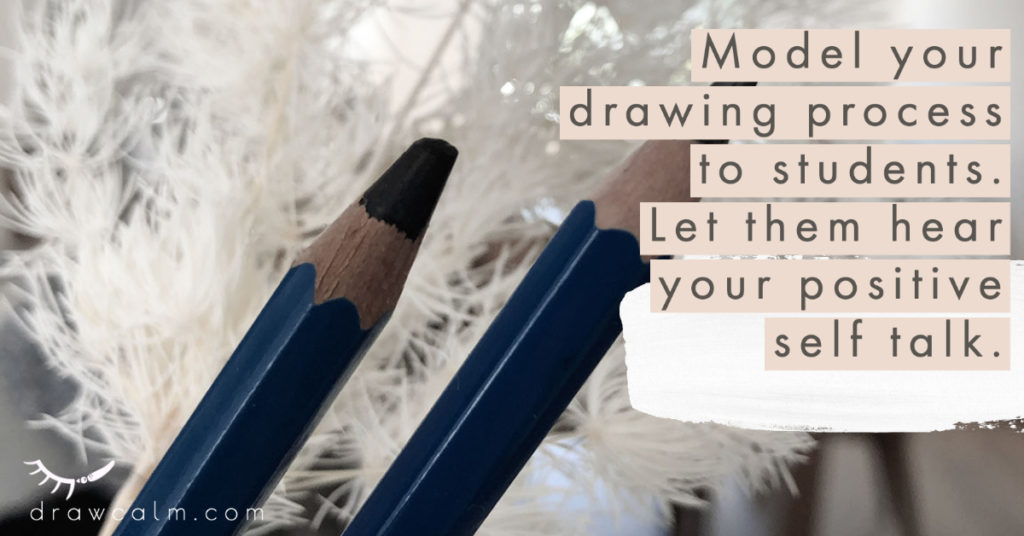
How to Portray Confidence while working on a First Grade Drawing
As a teacher, we are used to being the experts in the classroom, and sometimes demonstrating art can be intimidating when we are not confident with our own drawing abilities. Brené Brown is an amazing researcher and helped me realize that students will feel more compassionate towards their own artwork if we as teachers also model that compassion towards ourselves when we draw and provide examples to the class.
Brené Brown mentioned in her book: The Gifts of Imperfection: Your guide to a wholehearted life “perfectionism never happens in a vacuum. It touches everyone around us. We pass it down to our children. . . Our children learn how to be self-compassionate by watching us, and the people around us feel free to be authentic and connected.” (p. 61)
There is a great online article about The Courage to Not Know. You should read her books because they are so powerful! In the meantime, there are many great blog posts to get you started to reframe how you think of yourself as a leader in the classroom. If you are intimidated to model drawing to your students, this is a great resource!
When to Engage in Directed Drawings for First Grade
In our classroom this year, we spend some time drawing every day. It is our go-to after a busy recess outside, students come into the classroom. We listen to classical music and they have time to draw. Some teachers set up drawing stations with how to draw step by step pictures for students who are done with other work early.
When I taught First Grade we used a directed drawing to go along with our journal writing topic of the day. We would watch a short little video about the topic, or read a story, then students would draw it and then write about it. This was a great opportunity to build vocabulary, and incorporate drawing skills into our busy day.
Artist Christine Nishiyama talks about 3 tips to help with developing a consistent drawing practice, such as picking a theme, discovering what you love to draw, and following a drawing challenge. You can check it out here: You Need to Be Drawing Consistently
Show Real-Life Examples with Directed Drawing for Kids
When coloring images, I find it helpful to look at real photographs of the objects students are drawing. We talk about how ladybugs are not just “one type of red” but we see darker shades and lighter shades. Of course, observing the real thing is great! However, it is not always possible and sometimes having a stationary image helps students observe details over a longer period. I would either print out colored photographs of the object and pass them around the classroom, or we would project large images on the screen for us to look at and talk about as a whole class. There is also research stating that looking at photos of nature can boost happiness! Just Looking at Photos of Nature Could Be Enough to Lower Your Work Stress Levels
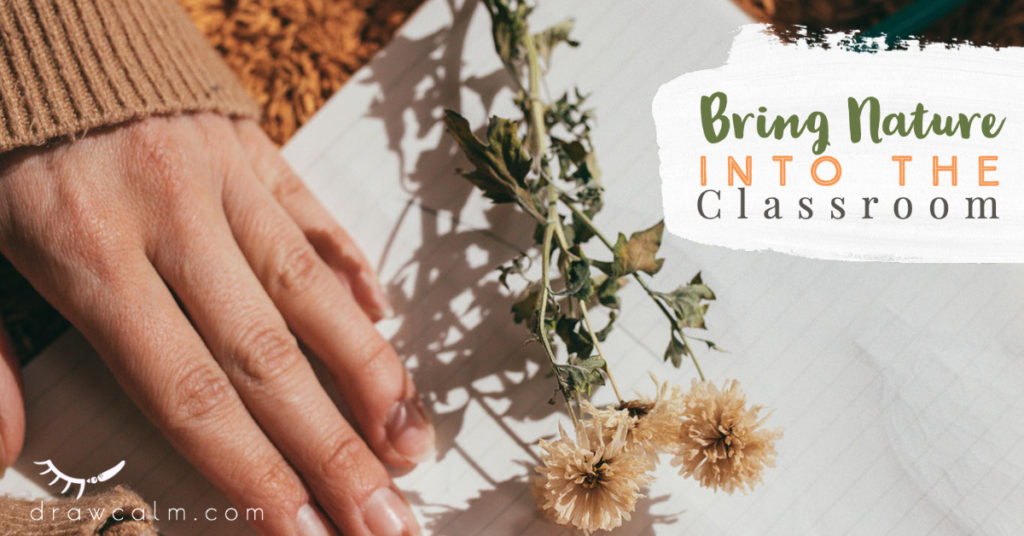
Finding Directed Drawings
I designed some which are printable so that they can be used as an early finisher station. I am having so much fun making instructions for how to draw step by step animals and other topics we study in class. We recently raised salmon in our classroom to release to the wild which inspired me to make life cycle directed drawings of salmon, ladybugs, and frogs. If you are studying a particular topic in your classroom and are struggling to find drawings to go along with it, please reach out and I will see what I can do to help!
If you want to check out my directed drawings click on my Tpt Store Page here!
To learn more about how to set up directed drawings in your classroom download my free ebook!
I love to try out different directed drawings from a variety of artists, that way students can practice different styles, and each artist offers different types of drawings.
Preparing Young Artists for Success with Directed Drawings for Kids
My directed drawings are scaffolded one step further for young artists by providing them with the first step already drawn. This helps young artists figure out how big to do their drawing, reduces the fear of “messing up” because the first step is already done. Providing them with the first step already, enables them to continue independently and confidently.
Confident Young Artists
For me, seeing students feel confident and proud of their ability to draw is as exciting as seeing that moment when suddenly they realize they can read! I want young students to believe in themselves as artists. I want them to feel that they don’t have to figure it all out on their own. This is why I make Directed drawings for first grade a priority. I’m excited to bring you more blog posts soon! Thanks to Helpful Tips on How to Blog for helping make this happen!
Fabulous First Grade Resources
If you are looking for amazing resources to teach first grade phonics and site words here are some great blog posts to check out:
Lauren Piper has some fun games to practice singular and plural nouns and get your students moving at the same time! Check out her blog post: 3 Fun Games and Worksheets for Singular and Plural Nouns
If you are not yet familiar with Shanon Juneau and you are teaching letter sounds, her blog is a must read! She breaks down how to introduce letter sounds to first grade students so clearly that you will soon have fellow teachers wondering how you got students to print clearly and confidently. Check out her blog here: COMPREHENSIVE DAILY SOUND LETTER RECOGNITION ACTIVITIES
If you have been hearing teachers talk about BOOM cards and you haven’t yet tried them, check out Marci’s post on HOW TO USE BOOM CARDS TO INCREASE STUDENT ENGAGEMENT. You will discover how to set up an account, and how to share BOOM cards with your students!
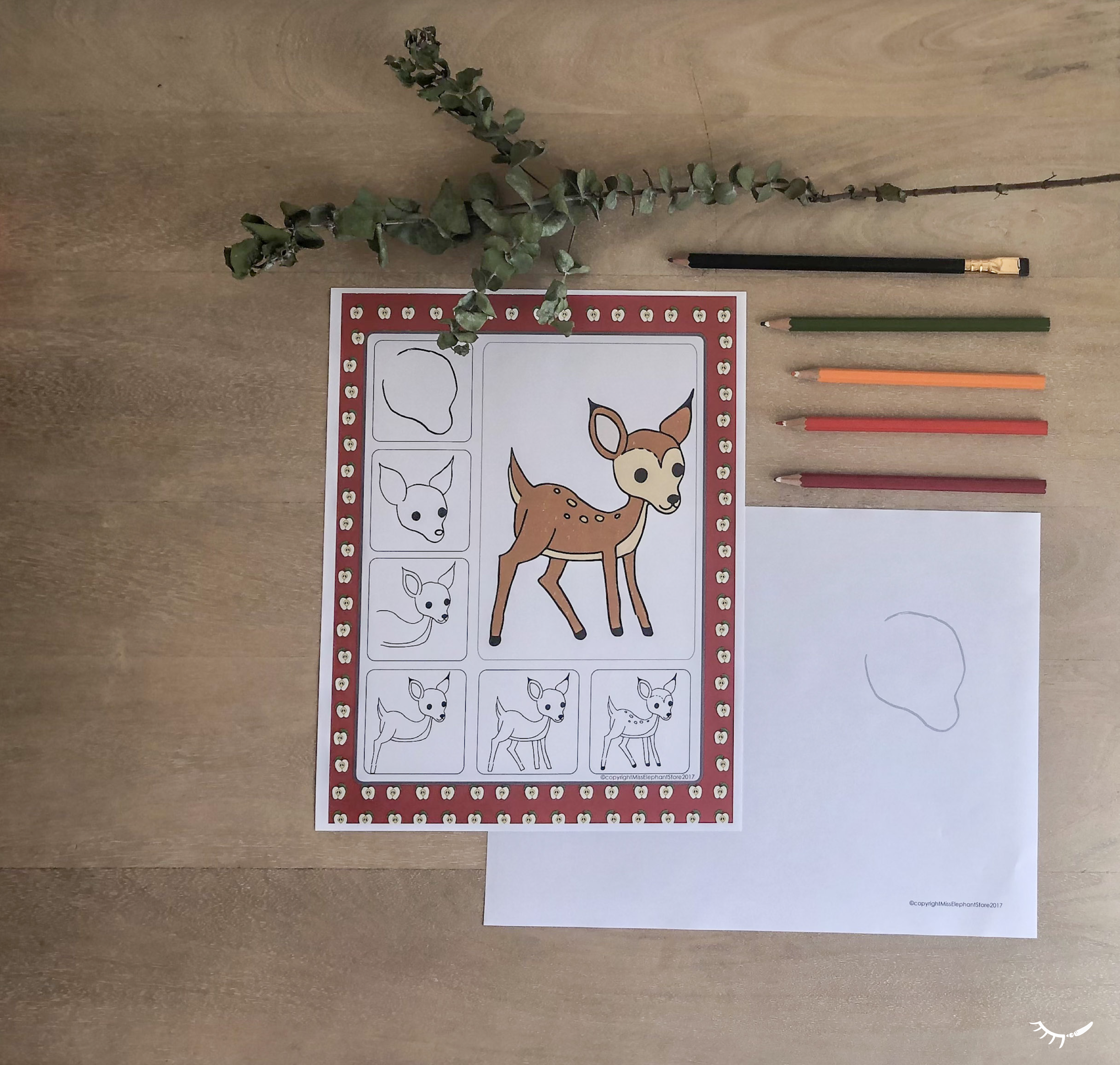
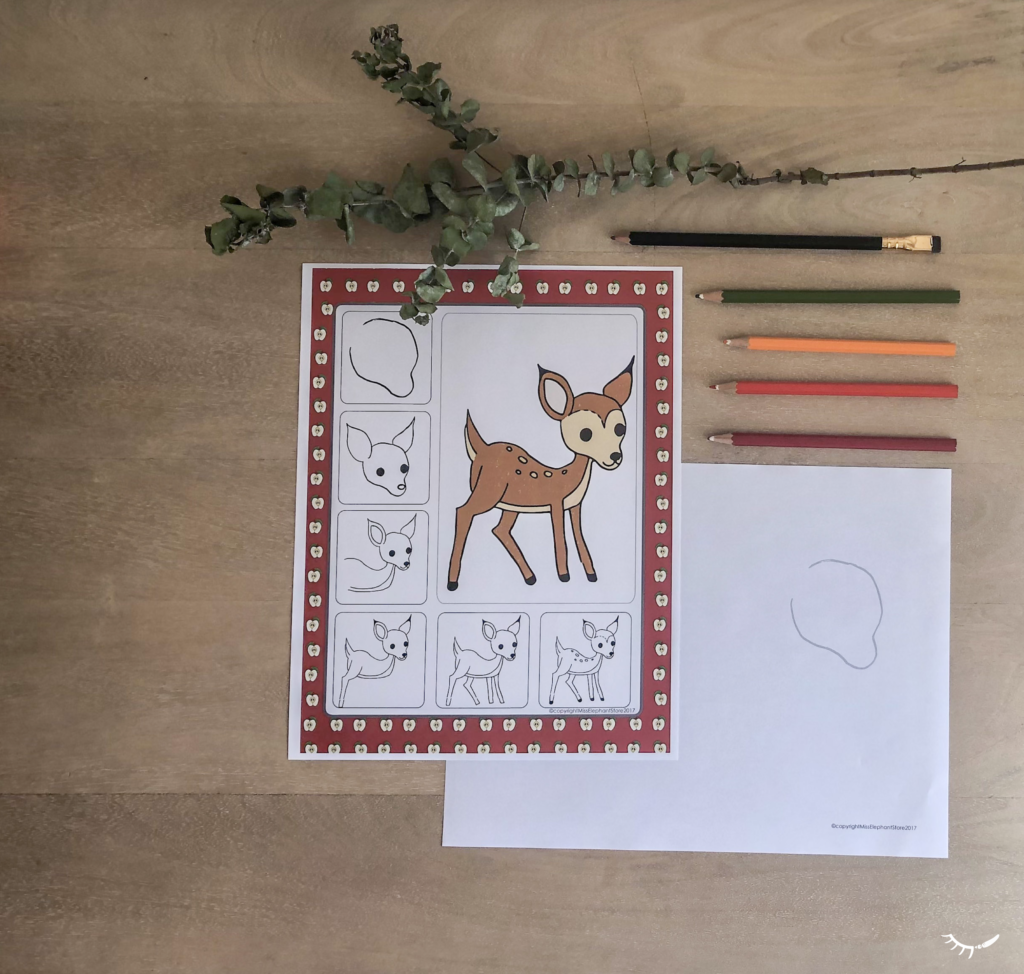

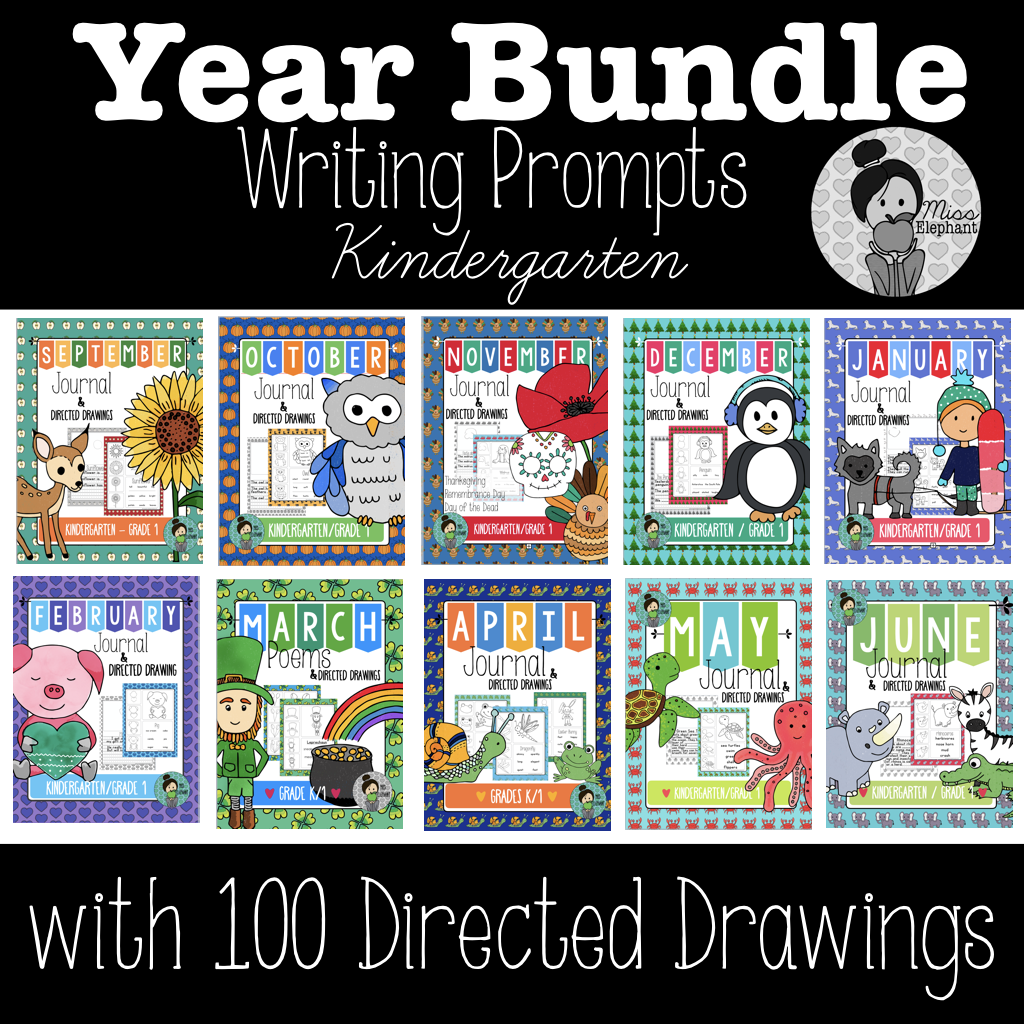
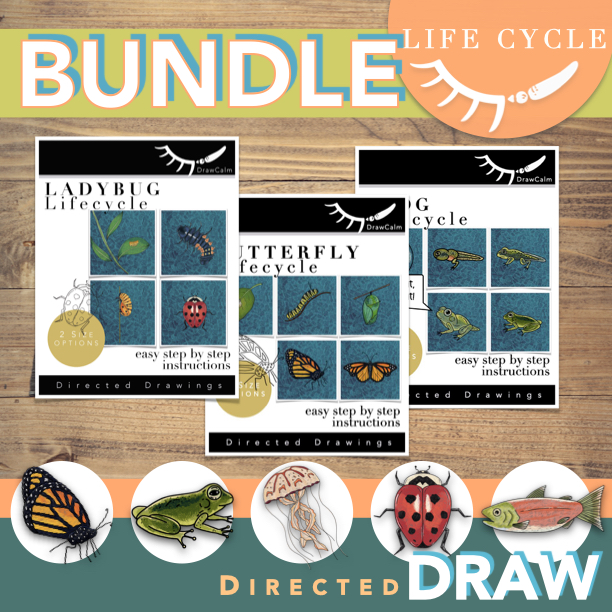
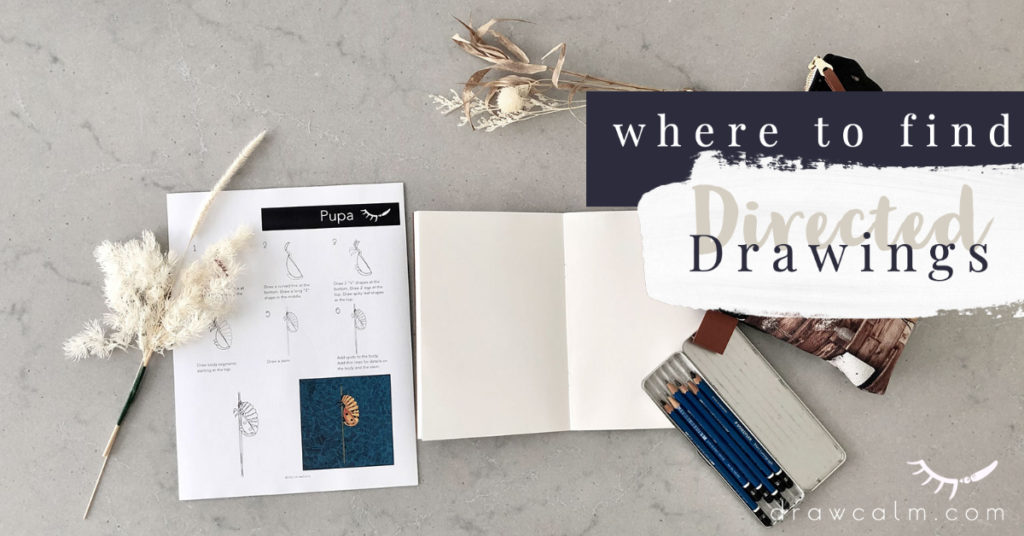
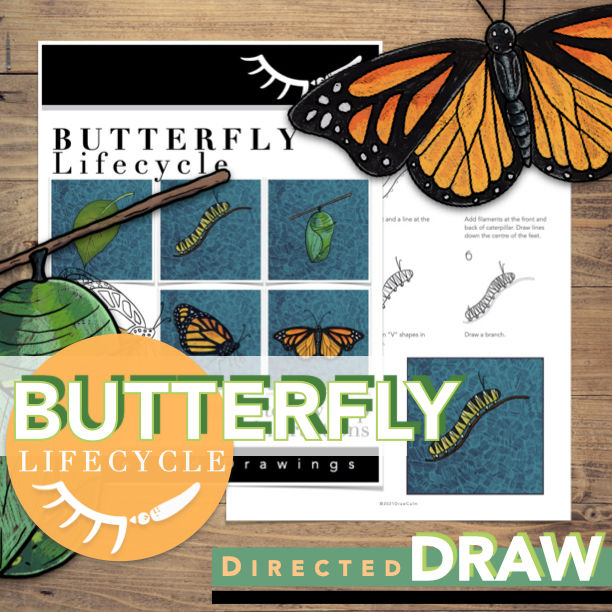


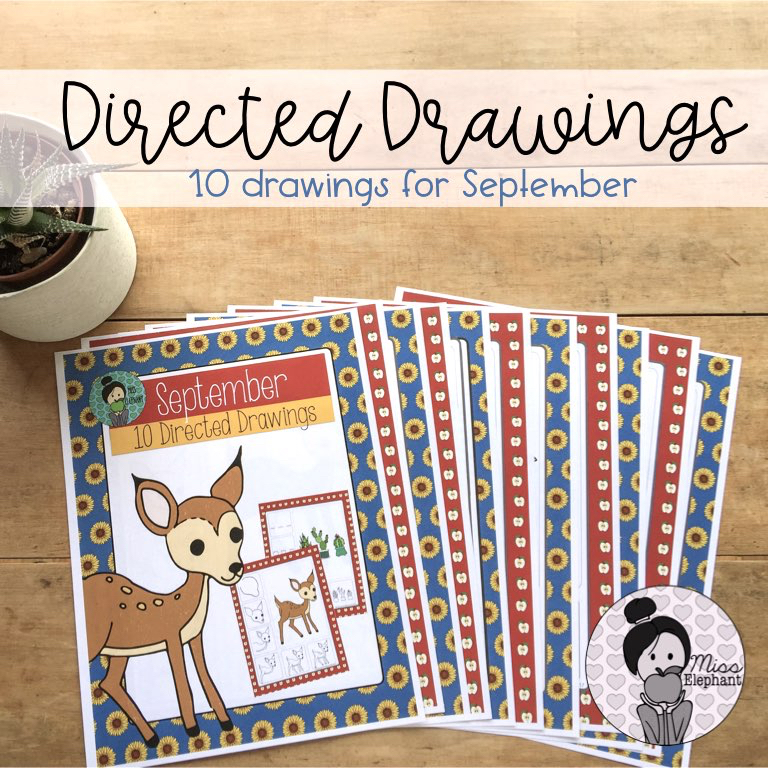
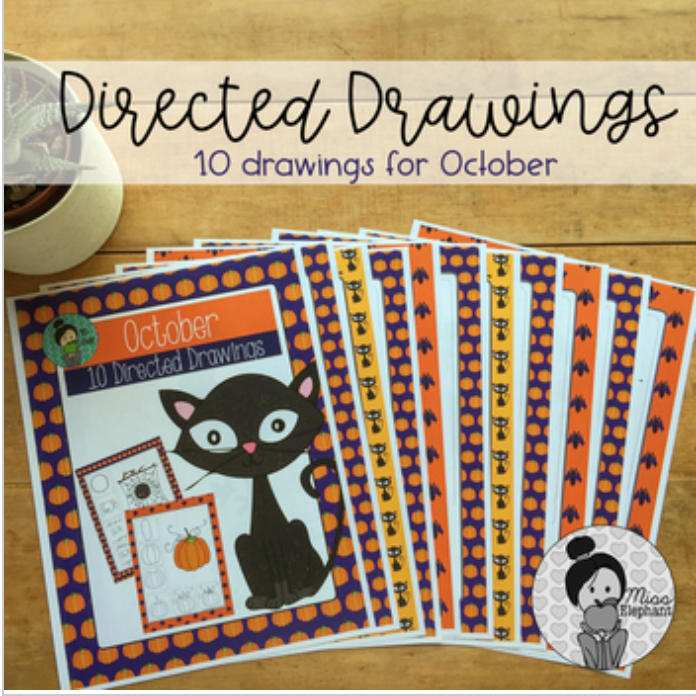
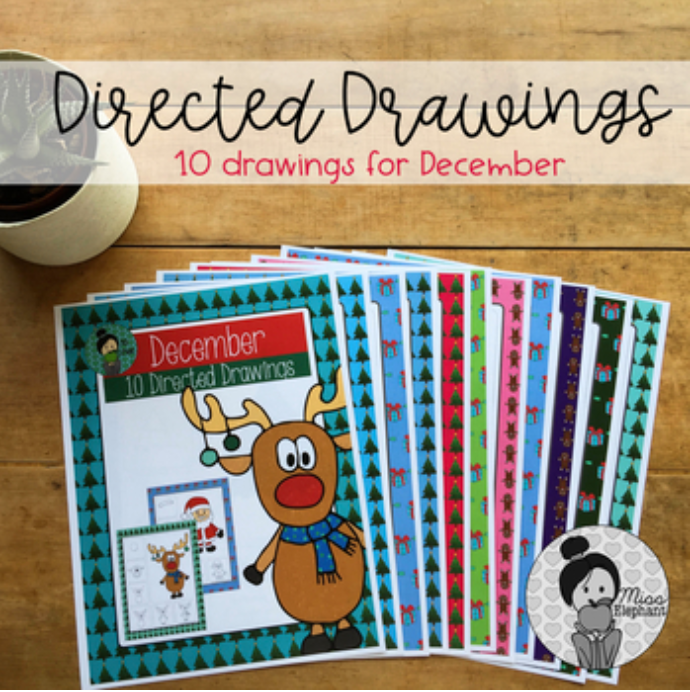
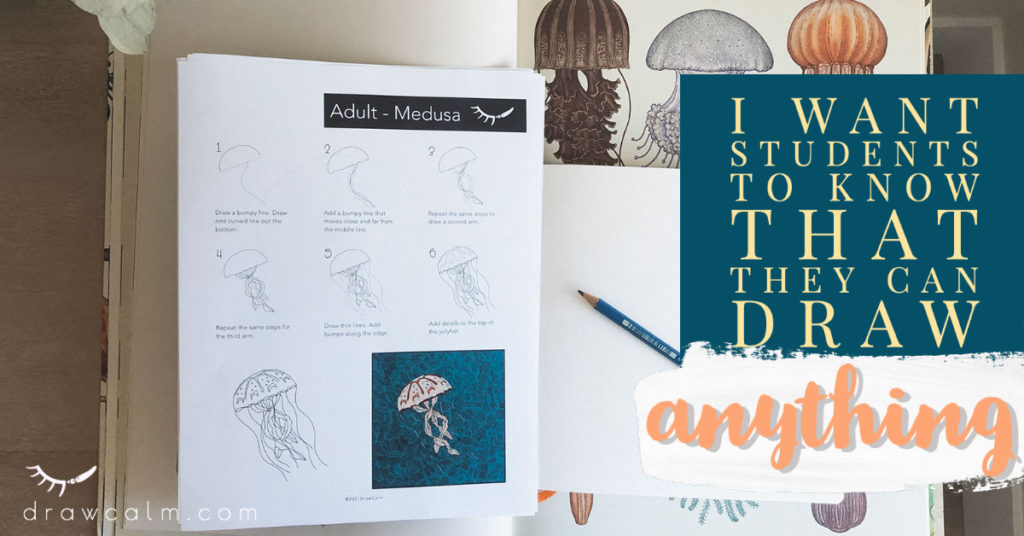
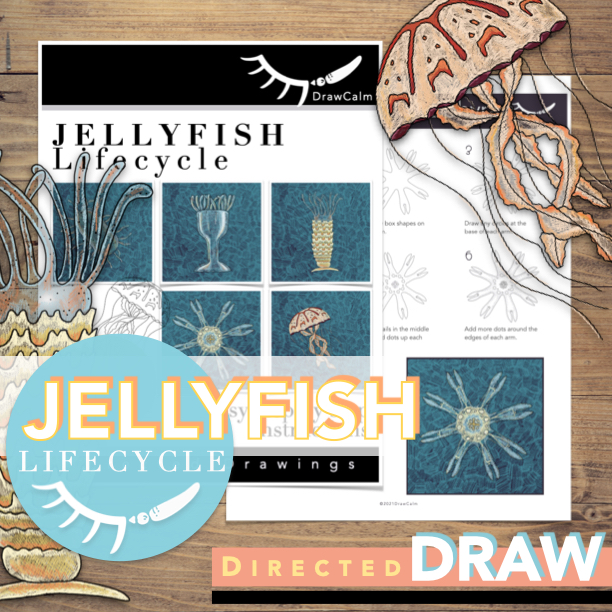
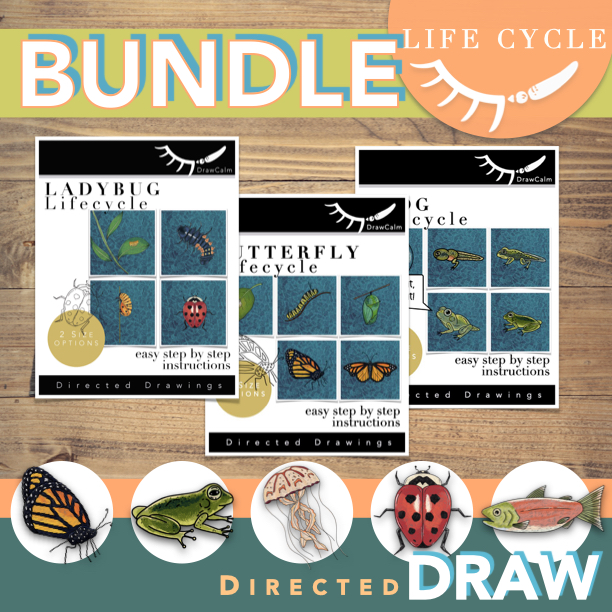

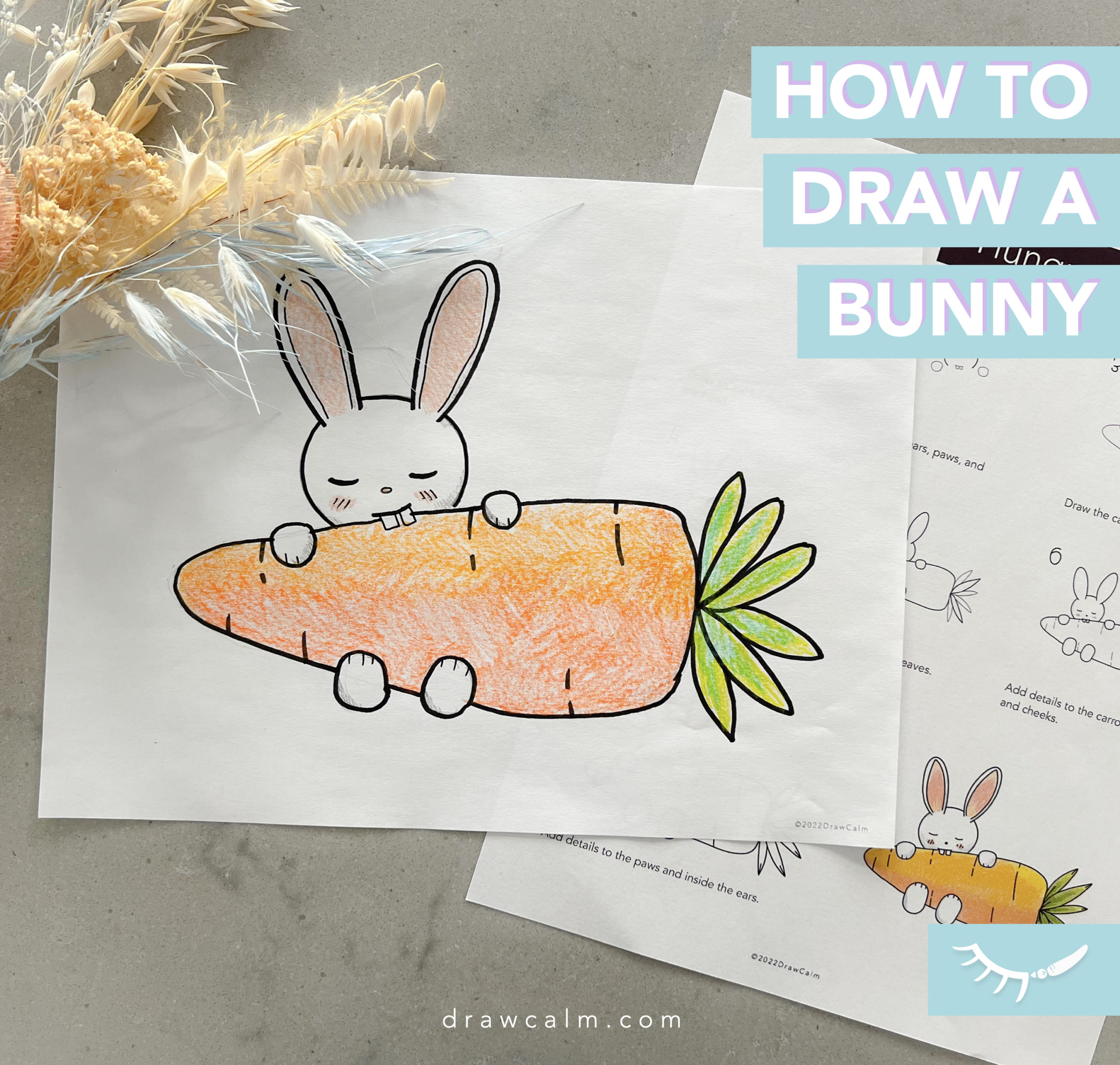
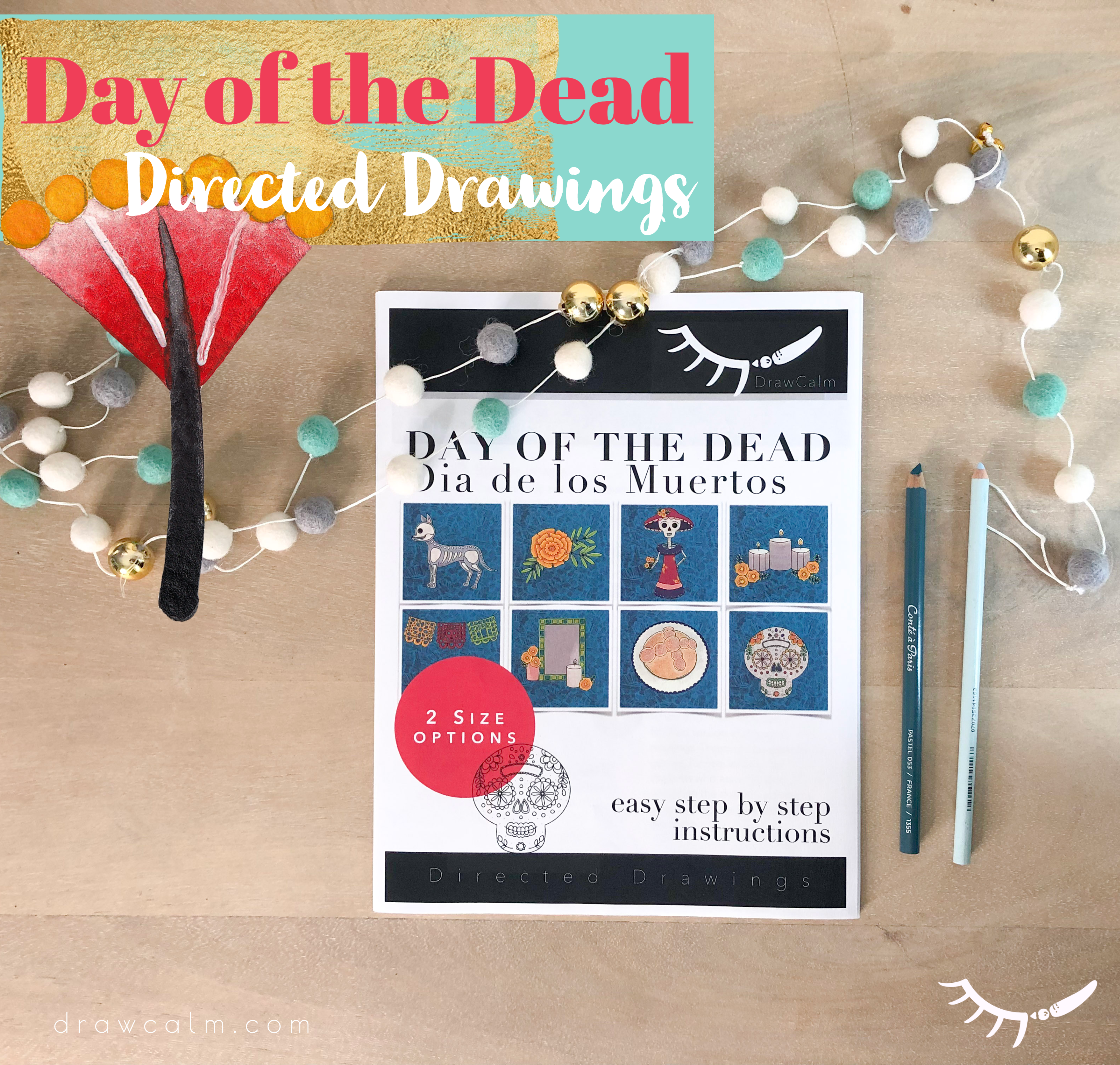
[…] WHY DIRECTED DRAWINGS FOR FIRST GRADE IS SO IMPORTANT […]
[…] Oh my gosh – this blog post is from a teacher artist, and she goes over why directed drawings … […]
[…] like me, you LOVE directed drawings! Check out this awesome post by Evelyn Doyle to learn about the importance of using directed drawings in first grade. You won’t regret reading this […]
I love using directed drawings with my first graders and this post provided fabulous tips that I can’t wait to try out this year! Thank you for the informative post!
I have used directed drawings in my classroom in the past, but this post gave me a lot more information and tips and tricks! Thank you for sharing your knowledge!
[…] I love pairing journal writing with drawing instruction for a great welcome back to school activity. There are several benefits to having structured drawing time when writing. To learn more about the benefits of directed drawing see my blog post: Why Directed Drawing is So Important […]
[…] Perhaps the most obvious way to incorporate directed drawings into your classroom would be during art time. This can be a great time to focus on the explicit teaching of drawing stills. Students can benefit from hearing your voice as you talk them through each step. Hearing your voice talk about what you see and what you change can help them see that drawing takes observation and several tries at times. For more information on the narrative see the blog post: Why Directed Drawing for First Grade is so … […]